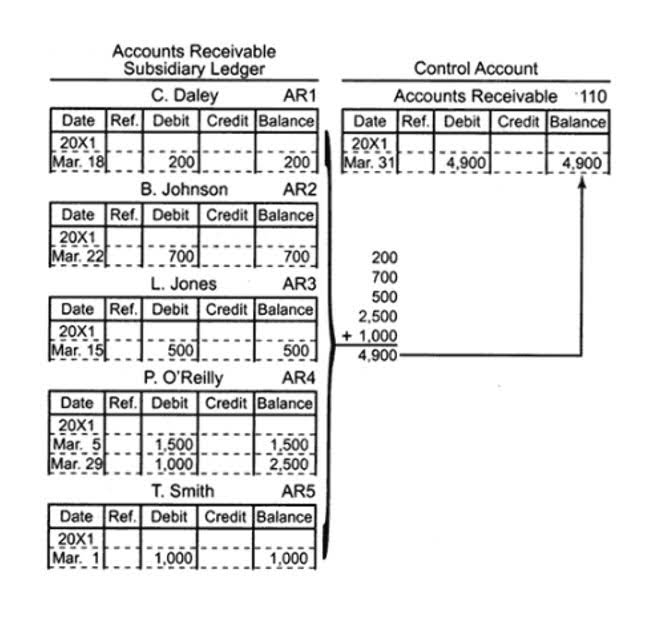
Base salary is your gross salary before any bonuses or commissions are added. The figure is usually used when employers are advertising a job vacancy. However, staff that receive a wage rather than a salary can be paid overtime. Rather than being paid for any overtime worked, salaried staff may be offered time off work in lieu. If you’ve ever applied for a credit card, paid taxes, or run a business, you might have heard of gross and net income. While these are common terms, their meanings may vary depending on the situation.
Pre-Tax Deductions
- To get a more comprehensive idea of how much money you may bring home in a year, it might help to use an online annual income calculator.
- Many insurance policies, such as life and disability insurance, are based on income.
- For multiple jobs, calculate the annual income for each position separately (e.g., hourly rate × hours worked × 52 weeks for each job) and then combine the totals.
- Taxpayers should evaluate eligibility for deductions to reduce tax liabilities effectively.
- Your modified adjusted gross income (MAGI) is similar to your AGI but with certain deductions added back to the total.
- Say you earn $1,000 each paycheck and contribute 5 percent of your gross earnings, pretax, to your employer’s 401(k) plan.
When you see the words “gross” and “net” in financial statements, think of gross as the whole amount and net as the amount remaining after parts of the gross amount are subtracted. One example of the two terms is gross income (business income before deductions) and net income (business income after deductions). To calculate your annual income, add together all of your income streams for the year. You can either go by a calendar year, which is January through December, or a fiscal year, which the federal government defines as October through September. Note that different Bakery Accounting companies have different fiscal years, which are set up for budgeting and financial purposes. In this article, we’ll explain what an annual income is and how to calculate it.
- Remember to adjust the equation if you work fewer than 12 months or 52 weeks per year (aside from paid time off).
- If you want a panoramic view of your business’s financial health, you need to understand the roles that gross and net income play.
- PNC Investments and its affiliates and vendors do not provide legal, tax or accounting advice.
- Generally speaking, nowhere until you calculate it by totaling all revenue that you receive during the tax year from all income sources.
- If so, you might leave that bonus or commission off to calculate your gross base salary.
TurboTax Tip:

Compensation refers to the total financial payment and benefits you receive in exchange for your work. This includes your base salary or hourly wage, as well as any additional perks like bonuses, commissions, health insurance, and retirement contributions. Employers are responsible for an employee’s gross pay plus a portion of their FICA taxes, as well as any employer-paid benefits. The total annual income amount of the paycheck or deposit the employee receives after deductions is their net pay. Net pay, or take-home pay, is the amount of an employee’s paycheck after deductions are taken out of their gross pay. Deductions include things, such as payroll taxes, income tax, health insurance premiums, retirement account contributions, wage attachments (garnishments) and other voluntary or obligatory deductions.

The best accounting software for calculating and tracking net and gross income
In this case, the store’s profit margin would equal $90,000 divided by $250,000, or 36 percent. This means that for every dollar of sales the store achieved, it netted 36 cents in profit for the period. Let’s continue with our example of the retail store with $250,000 in sales over a particular quarter.

Don’t forget to account for bonuses, tips, or additional benefits from each job. Well, as well as what was just described, it also applies to money you earn if you are self-employed. Thus, your annual income is the entire amount of money you earn throughout a given year. It also includes the annual gross income of an individual before any deductions.

Converting Monthly Income to Annual Income

Here too, you might average what you’ve done in the past or estimate how many weeks you’ll work this year. Once you know the differences between net income and gross income, it’s important to see how each can affect your budget. Your net income is probably the best number to use for a monthly budget. By ensuring you input accurate and up-to-date figures, these calculators can serve as a quick and reliable way to estimate your annual income. Online income calculators are user-friendly tools that can quickly estimate your gross and net annual income, saving you from tedious manual calculations. Your debt-to-income (DTI) ratio (which is used by some lenders and creditors to understand how much more you can repay in debt given your income) typically use your gross income.
- These calculations allow them to track the growth (or contraction) of their sales of various goods and services.
- Accurately calculating your annual income involves accounting for all income sources, whether they come from a single job or multiple streams.
- The Ticket Program can support you with different forms of employment, including part time, seasonal and full time.
- Gross pay is noted on a pay stub and should reflect an employee’s salary or hourly wage, plus reimbursements, bonuses, commissions and overtime pay.
- Some types of income are exempt from taxation, such as certain types of municipal bond interest and some Social Security benefits.
- Annual income provides a benchmark to assess if you’re being compensated fairly based on industry standards and your experience.
- Now, you must determine whether you will calculate annual income by hour, day, week or month.
- It includes costs for buying materials, labor to make products or services, and shipping costs.
- Taxes and other deductions vary by state and city, and other deductions may vary by employer.
- If you have questions about your specific tax situation, please consult a CPA or tax adviser.
- Good news — calculating annual income by any of these metrics is quick and easy.
- In other words, those contributions reduce your gross income, and thus reduce your income subject to tax in the current year.
It’s more than net income, net sales which is the annual sum of an employee’s net pay—all of their take-home pay added up for the year. For tax purposes, gross income usually doesn’t include employer or employee contributions to qualified retirement plans, such as a 401(k), because these are “pretax” contributions. Some deductions, including wage garnishments, are usually included in gross income for tax purposes, as these are taxable for the payee. Net annual income is the amount you receive after all deductions have been applied and taxes have been paid. This is your gross annual income reduced by items such as federal and state taxes, Social Security, health insurance premiums, retirement contributions, and other deductions. It’s often called your “take-home pay” and is the amount you can use for daily expenses and savings.
